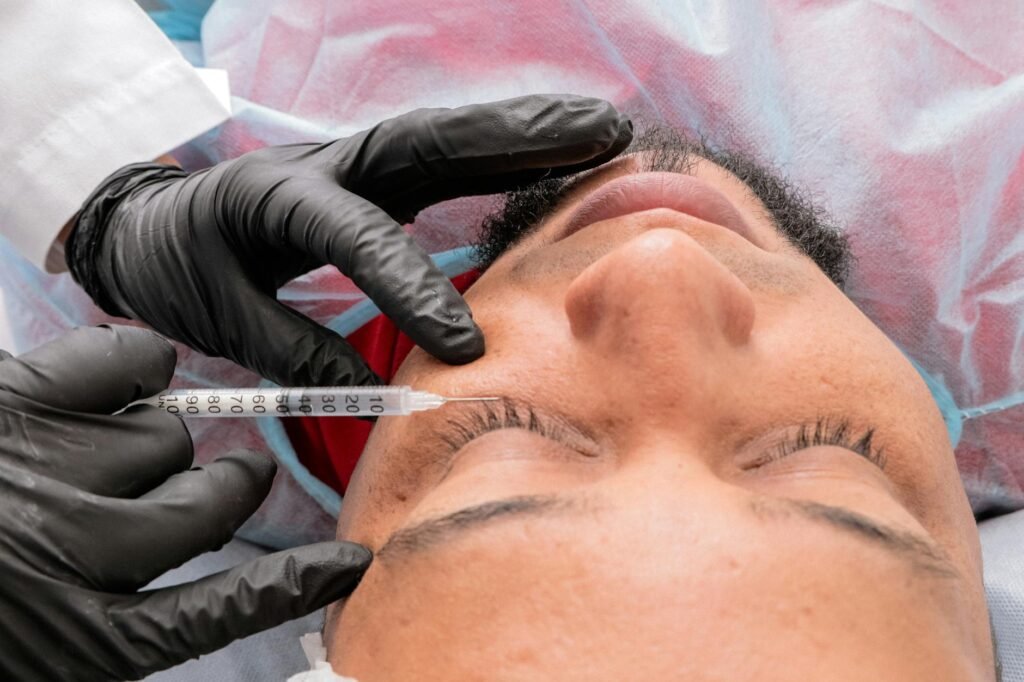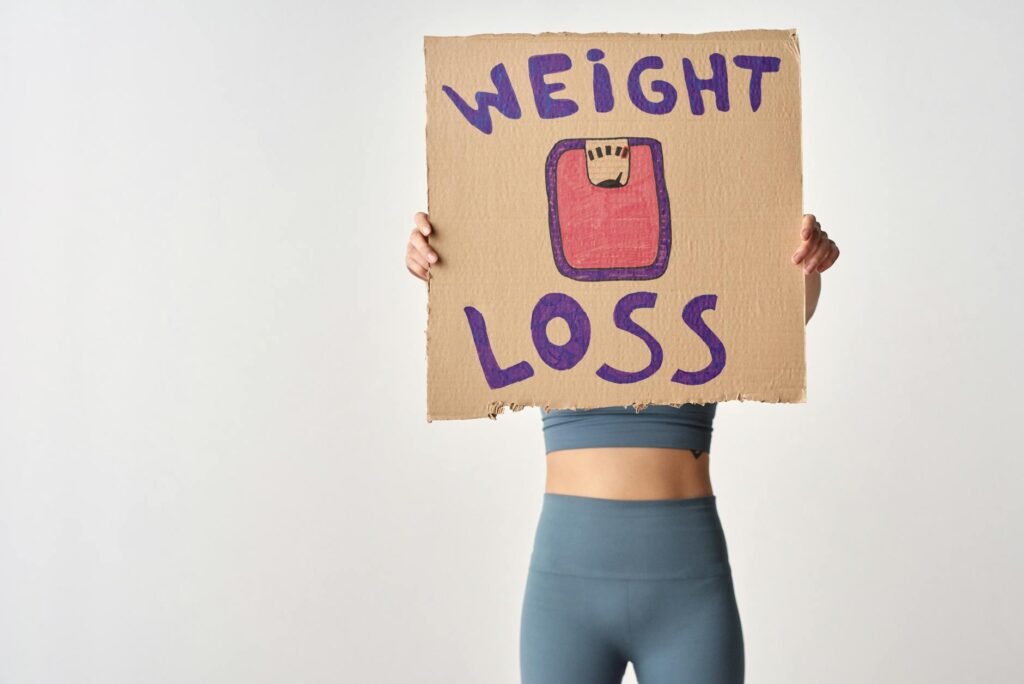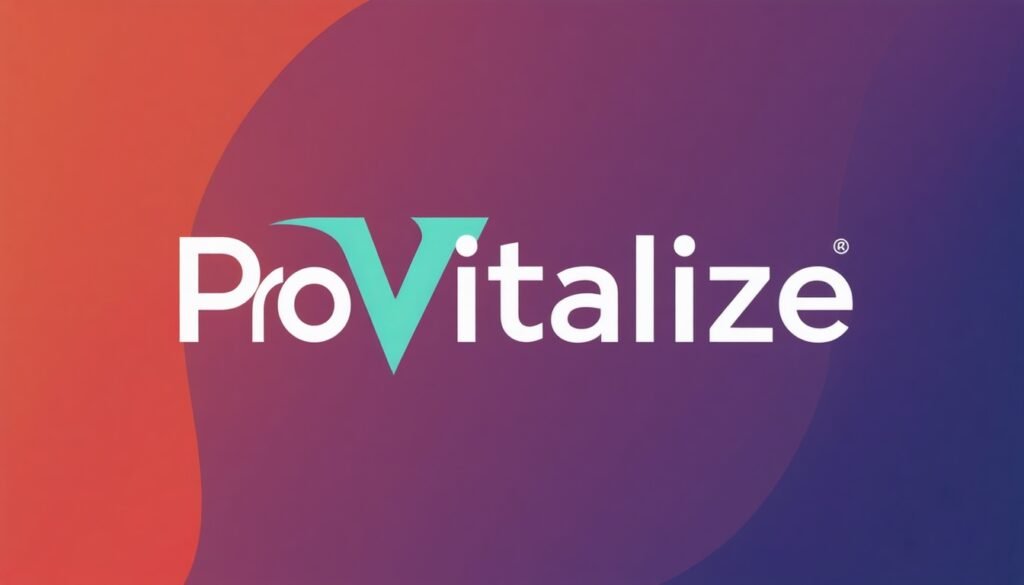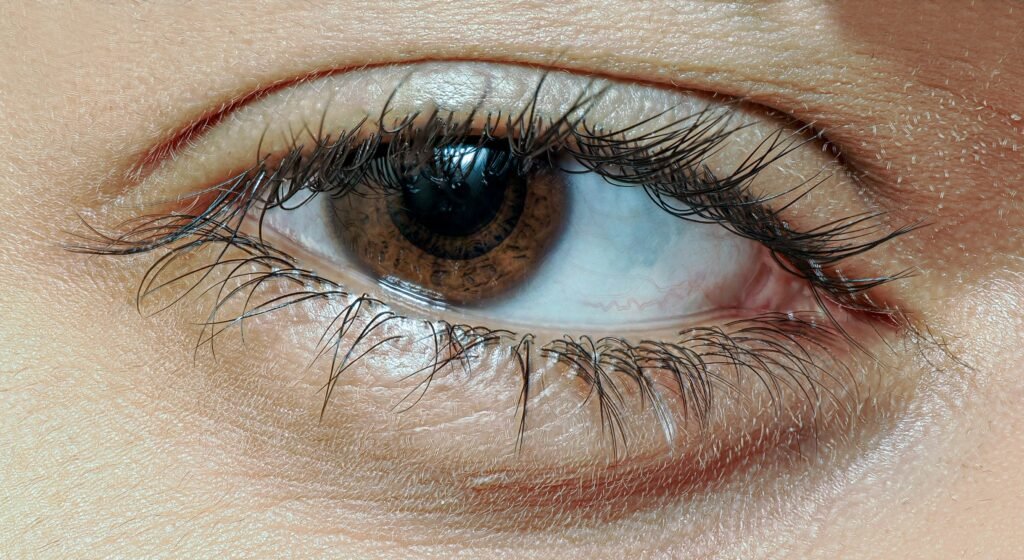Understanding ETOH
Decoding ETOH
ETOH is just a fancy way of saying ethyl alcohol, the kind of alcohol you find in your favorite drinks. The name ETOH comes from ethanol’s chemical formula, C2H5OH. Here, “Et” is short for ethyl, and “OH” is the part that makes it an alcohol (NIAAA).
Ethanol is made when yeast munches on sugars and spits out ethanol and carbon dioxide. This is how we get beer, wine, and spirits.
Significance of ETOH
Knowing about ETOH is important for doctors and anyone curious about alcohol. ETOH is a scientific term for ethanol, the alcohol in drinks like beer, wine, and gin (JourneyPure).
Different drinks have different amounts of ethanol. For instance, gin and pure grain alcohol pack more ethanol than beer and wine (Oxford Treatment Center).
| Beverage Type | Ethanol Content (%) |
|---|---|
| Beer | 4-6 |
| Wine | 12-15 |
| Gin | 35-50 |
| Pure Grain Alcohol | 95 |
In the medical world, ETOH is shorthand for ethanol, especially when talking about alcohol-related health issues. Check out our articles on what etoh stands for and etoh meaning for more info.
By getting a grip on ETOH, folks can better understand how alcohol affects the body, the risks of drinking, and why it’s smart to drink responsibly.
Effects of ETOH on the Body
Impact of ETOH Consumption
ETOH, or ethyl alcohol, is the kind of alcohol you find in your favorite drinks. How it affects you depends on how much and how often you drink. Even a little can mess with your body while going overboard can lead to some serious issues.
Short-Term Effects
- Impaired Judgment and Coordination: ETOH messes with your brain, making you clumsy and not the best decision-maker.
- Mood Changes: It can flip your mood like a switch, making you happy one minute and grumpy the next.
- Dehydration: Alcohol makes you pee more, which can leave you feeling like a dried-up sponge.
- Nausea and Vomiting: Too much can upset your stomach, leading to some unpleasant bathroom visits.
Long-Term Effects
Drinking a lot over time can really mess you up. According to Paramount Recovery Centers, here’s what you might face:
- Liver Damage: Your liver might end up with fatty liver, hepatitis, or even cirrhosis.
- Heart Disease: You could be looking at high blood pressure, heart muscle problems, or a stroke.
- Cognitive Impairments: Memory might start playing tricks on you, and you could face dementia.
- Cancer: There is a higher chance of getting mouth, throat, and liver cancers.
Health Risks Associated with ETOH
Drinking too much ETOH can really take a toll on your body. Over time, it can cause damage that sticks around.
Liver Diseases
- Fatty Liver: Your liver starts storing fat like it’s going out of style.
- Alcoholic Hepatitis: Your liver gets all inflamed and angry.
- Cirrhosis: Your liver gets scarred up, and that’s bad news.
Cardiovascular Problems
- Hypertension: Your blood pressure goes up, and that’s not good.
- Cardiomyopathy: Your heart muscle gets weak and floppy.
- Arrhythmias: Your heart starts doing its own dance, and it’s not a good one.
Digestive Issues
- Gastritis: Your stomach lining gets all inflamed.
- Pancreatitis: Your pancreas throws a fit and gets inflamed.
Weakened Immune System
Drinking too much ETOH can make your immune system lazy, exposing you to illness (Wellness Retreat Recovery).
Hormonal Imbalances
ETOH can throw your hormones out of whack, messing with how your body works.
Cancer Risk
There’s a solid link between drinking ETOH and a higher chance of getting certain cancers.
| Health Risk | Description |
|---|---|
| Liver Diseases | Fatty liver, hepatitis, cirrhosis |
| Cardiovascular Problems | Hypertension, cardiomyopathy, arrhythmias |
| Digestive Issues | Gastritis, pancreatitis |
| Weakened Immune System | More likely to catch infections |
| Hormonal Imbalances | Hormones go haywire |
| Cancer Risk | Higher chance of mouth, throat, esophagus, liver, and breast cancer |
Knowing how ETOH affects you is important for everyone, from doctors to folks trying to kick the habit. For more info, check out our articles on etoh, etoh meaning, and what is etoh.
Ethanol vs. Toxic Alcohols
Getting a grip on the differences between ethanol and toxic alcohol is a big deal for doctors, patients, and folks on the road to recovery. Let’s break down what sets them apart and how to safely enjoy ethanol.
Differentiating Ethanol from Toxic Alcohols
Ethanol, or ethyl alcohol, is the good stuff in your beer, wine, and spirits. It’s a clear, colorless liquid that’s lighter than water and evaporates faster than you can say “cheers.” It’s great at dissolving things like sugars and some gases (Wellness Retreat Recovery). Chemically, it’s C2H5OH, often shortened to ETOH.
On the flip side, you’ve got the bad guys: methanol (wood alcohol) and isopropanol (rubbing alcohol). These are not for drinking unless you’re aiming for a trip to the ER. Even a little can mess you up with blindness, organ failure, or worse. Here’s a quick look at how they stack up:
| Alcohol Type | Common Uses | Toxicity | Safe for Consumption |
|---|---|---|---|
| Ethanol (ETOH) | Booze, hand sanitizers | Low (if you don’t overdo it) | Yes |
| Methanol | Industrial stuff, antifreeze | High | No |
| Isopropanol | Cleaners, rubbing alcohol | High | No |
Safety of Ethanol Consumption
Ethanol’s all good in moderation, but go overboard, and you’re asking for trouble. The National Institute on Alcohol Abuse and Alcoholism (NIAAA) says moderation is up to one drink a day for women and two for men (NIAAA). Push past that, and you’re looking at liver issues, heart problems, and addiction.
Spotting alcohol use disorder (AUD) early is key, so if you think you or someone you know might have it, check out our recognizing alcohol use disorder section.
Here’s how to keep your ethanol intake in check:
- Stick to moderate drinking.
- Don’t mix alcohol with meds or other substances.
- Keep hydrated and eat before you drink.
- Know your limits and pay attention to how you feel.
If ethanol’s got a hold on you, there are plenty of ways to get help, like inpatient and outpatient programs, support groups, and meds. Check out our treatment options for ETOH abuse for more info.
Knowing the difference between ethanol and toxic alcohol and how to drink safely is key to staying healthy. For more on what ETOH means, head over to our article on what it stands for.
Recognizing Alcohol Use Disorder
Symptoms of AUD
Alcohol Use Disorder (AUD) is like that pesky friend who just won’t leave you alone, even when you know they’re bad news. It’s a medical condition where folks find it tough to quit or control their drinking, despite the mess it might make in their lives. Spotting the signs early can be a game-changer. Here’s what to look out for, according to Paramount Recovery Centers:
- Strong cravings for alcohol: It’s like your brain’s got a one-track mind, always thinking about that next drink.
- Increased tolerance: You need more booze to feel the buzz you used to get from just a couple of drinks.
- Withdrawal symptoms: When you try to cut back, your body throws a tantrum with shakes, sweats, nausea, and anxiety.
- Persistent drinking despite problems: You keep hitting the bottle even when it’s messing up your life, job, or relationships.
Risks of Alcohol Dependence
Alcohol dependence is the heavyweight champ of AUD, and it’s not pulling any punches. People caught in its grip might feel the urge to drink, even when they know it’s a bad idea. Trying to quit can be a real struggle without some backup. According to the Oxford Treatment Center, around 18 million adults in the U.S. are wrestling with this disorder.
The National Institute on Alcohol Abuse and Alcoholism (NIAAA) has some tips to keep folks from sliding into AUD. They suggest women stick to no more than three drinks a day and seven a week. Men should cap it at four drinks daily and 14 a week (Oxford Treatment Center).
| Gender | Maximum Drinks per Day | Maximum Drinks per Week |
|---|---|---|
| Women | 3 | 7 |
| Men | 4 | 14 |
Binge drinking is like playing with fire. For women, it’s downing four or more drinks in about two hours, and for men, it’s five or more. This kind of drinking can lead to some pretty poor choices and risky behavior (Oxford Treatment Center).
Knowing the symptoms and risks of AUD is the first step to getting the right help. There are solid treatment options out there, like inpatient and outpatient programs, meds to help ease the cravings, and support groups (Paramount Recovery Centers). For more scoop on ETOH and what it means, check out our articles on what etoh stands for and what etoh means.
Treatment Options for ETOH Abuse
Kicking ETOH abuse to the curb ain’t a walk in the park, but with the right game plan, it’s totally doable. Let’s break down some treatment options that can help folks tackle alcohol use disorder (AUD) head-on.
Inpatient vs. Outpatient Programs
When it comes to battling ETOH abuse, you’ve got two main roads to recovery: inpatient and outpatient programs. Each has its perks and quirks.
Inpatient Programs:
- Think of inpatient programs like rehab boot camps. You stay at a treatment center for a period of time, usually a month to a few months.
- It’s a no-nonsense setup with round-the-clock medical care and support.
- Perfect for those who are knee-deep in alcohol dependence or have struck out with outpatient gigs.
- The beauty of inpatient care? It lets you zero in on getting better without life’s usual chaos.
Outpatient Programs:
- Outpatient programs are more like part-time gigs. You live at home but visit a facility for treatment sessions.
- They offer the freedom to keep up with work or school while getting help.
- It is best suited for folks with a milder case of AUD.
- You get therapy, counseling, and support while still juggling your daily grind.
| Program Type | Duration | Supervision | Best For |
|---|---|---|---|
| Inpatient | 28 days to several months | 24/7 medical care | Severe alcohol dependence |
| Outpatient | Varies (part-time) | Limited oversight | Mild to moderate AUD |
Do you want the lowdown on inpatient vs. outpatient? Check out our article on etoh.
Support Groups and Medication-Assisted Treatments
Support groups and medication-assisted treatments (MAT) are like the dynamic duo in the fight against ETOH abuse.
Support Groups:
- Groups like Alcoholics Anonymous (AA) are all about community. It’s a bunch of folks who get what you’re going through.
- They offer emotional support and a pat on the back and keep you on track with regular meet-ups.
- Being part of a support group can be a game-changer for staying sober and dodging relapse.
Medication-Assisted Treatments (MAT):
- MAT is about using meds approved by the FDA to ease withdrawal, curb cravings, and keep relapse at bay.
- Go-to meds include naltrexone, acamprosate, and disulfiram.
- Pairing MAT with therapy and counseling gives you a well-rounded shot at recovery.
| Treatment Type | What It Is | Perks |
|---|---|---|
| Support Groups | Peer-led meet-ups | Emotional support, accountability |
| Medication-Assisted Treatments | Meds to manage symptoms | Cuts cravings, blocks relapse |
For more on support groups and MAT, swing by our article on what is etoh.
Picking the right treatment is all about what fits your life and needs. Chatting with healthcare pros can help you determine the best path to tackle ETOH abuse. For more resources, check out our articles on etoh meaning and etoh medical abbreviation.
Long-Term Health Effects of Ethanol
Chronic Ethanol Abuse Consequences
When someone gets too cozy with ethanol, it can really mess things up in the long run. We’re talking about some serious health issues that can hit different parts of the body. According to Wellness Retreat Recovery, here are some of the biggies:
- Liver Problems: Keep knocking back the ethanol, and you might end up with a liver that’s not too happy. Think fatty liver, hepatitis, and cirrhosis. These can lead to liver failure, and once they’re there, they’re pretty much there to stay.
- Heart Issues: Your heart’s not a fan of long-term ethanol abuse. It can lead to heart disease, including things like cardiomyopathy, arrhythmias, and high blood pressure.
- Digestive Troubles: Ethanol can be rough on your gut, causing gastritis, pancreatitis, and ulcers.
- Immune System Woes: Too much ethanol can weaken your immune system, making it easier to catch infections.
- Hormone Havoc: Ethanol can throw your hormones out of whack, messing with how your body functions.
- Cancer Risks: There’s a higher chance of getting cancers, especially in the mouth, throat, esophagus, liver, and breast.
Risks of Ethanol Addiction
Getting hooked on ethanol, or alcohol use disorder (AUD), as the docs call it, is no joke. The JourneyPure folks point out that too much ethanol can lead to some pretty scary stuff like coma and even death. Over time, it can do some permanent damage. Here are some of the risks:
- Liver Cirrhosis occurs when the liver becomes scarred, and it can lead to liver failure.
- Heart Problems: Chronic ethanol use can mess with your heart, causing conditions like cardiomyopathy, arrhythmias, and high blood pressure.
- Brain Fog: Long-term ethanol abuse can mess with your brain, leading to memory loss, trouble focusing, and other brain issues.
- Cancer Concerns: Ethanol addiction increases the risk of various cancers, including those of the liver, mouth, throat, and breast.
| Health Issue | Description |
|---|---|
| Liver Problems | Fatty liver, hepatitis, cirrhosis |
| Heart Issues | Cardiomyopathy, arrhythmias, high blood pressure |
| Digestive Troubles | Gastritis, pancreatitis, ulcers |
| Immune System Woes | Easier to catch infections |
| Hormone Havoc | Messes with body functions |
| Cancer Risks | Mouth, throat, esophagus, liver, breast |
For more on the nitty-gritty of ethanol, check out our articles on etoh, etoh meaning, and etoh medical abbreviation.
Knowing what ethanol can do in the long run is important for everyone—whether you’re a doctor, a patient, or someone trying to kick the habit. By understanding the serious consequences of chronic ethanol abuse and the risks of addiction, folks can make smarter choices about their health and find the right help. For more on getting help, take a look at our section on treatment options for ETOH abuse.












